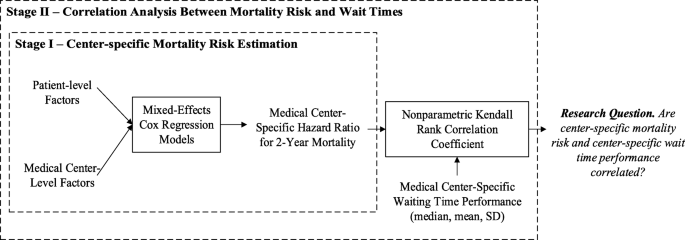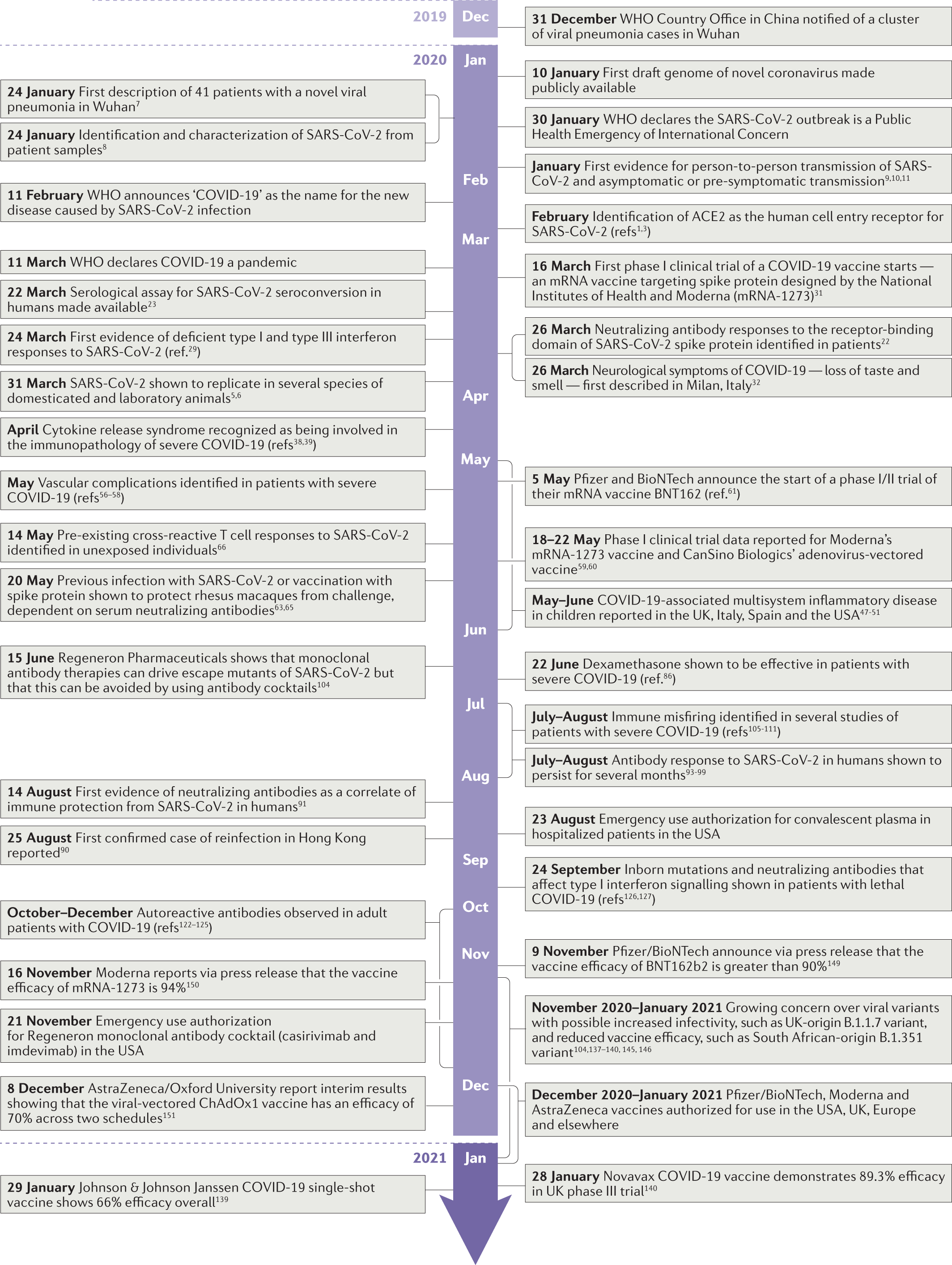
An interesting aspect of using Arabidopsis for studying flavonoid biosynthesis is that single copy genes encode all enzymes of the central flavonoid metabolism, with the exception of flavonol synthase (FLS), which is encoded by six genes, but only two (FLS1 and FLS3) have demonstrated activity ( Owens et al., 2008 Preuss et al., 2009). More recently, Arabidopsis ( Arabidopsis thaliana) has facilitated the analysis of the regulation and subcellular localization of the flavonoid pathway. Maize ( Zea mays), snapdragon ( Antirrhinum majus), and petunia ( Petunia hybrida) were established as the first major experimental models in this system, leading to the isolation of many structural and regulatory flavonoid genes (for a review, see Holton et al., 1993 Mol et al., 1998). Mutants affecting flavonoid synthesis were isolated in a range of plant species. Much effort has been made in elucidating the biosynthetic pathways of flavonoids from a genetic perspective.

Flavonols are probably the most important flavonoids participating in stress responses they are the most ancient and widespread flavonoids, having a wide range of potent physiological activities ( Stafford, 1991 Pollastri and Tattini, 2011). Flavonoids are also responsible for the display of fall color in many plants, which may protect leaf cells from photooxidative damage, enhancing the efficiency of nutrient retrieval during senescence ( Feild et al., 2001). The different flavonoids have diverse biological functions, including protection against ultraviolet (UV) radiation and phytopathogens, signaling during nodulation, male fertility, auxin transport, as well as the coloration of flowers as a visual signal that attracts pollinators ( Mol et al., 1998 Winkel-Shirley, 2002 Bradshaw and Schemske, 2003). More than 6000 different flavonoids have been identified, and surely this number will increase ( Ferrer et al., 2008). In addition, we discuss different strategies and achievements through the genetic engineering of flavonoid biosynthesis with implication in the industry and the combinatorial biosynthesis in microorganisms by the reconstruction of the pathway to obtain high amounts of specific compounds.

The present review describes the regulation of flavonoid biosynthesis, as well as the biological functions of flavonoids in plants, such as in defense against UV-B radiation and pathogen infection, nodulation, and pollen fertility. The elucidation of the biosynthetic pathways, as well as their regulation by MYB, basic helix-loop-helix (bHLH), and WD40-type transcription factors, has allowed metabolic engineering of plants through the manipulation of the different final products with valuable applications.



 0 kommentar(er)
0 kommentar(er)
